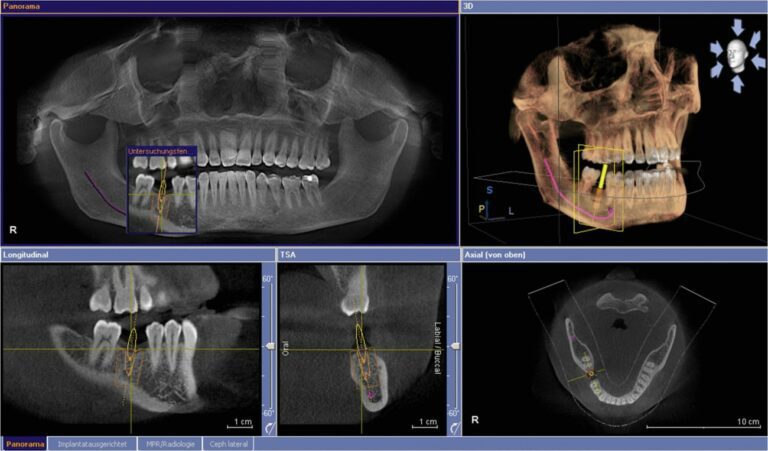Dental Solutions - Dental Blog
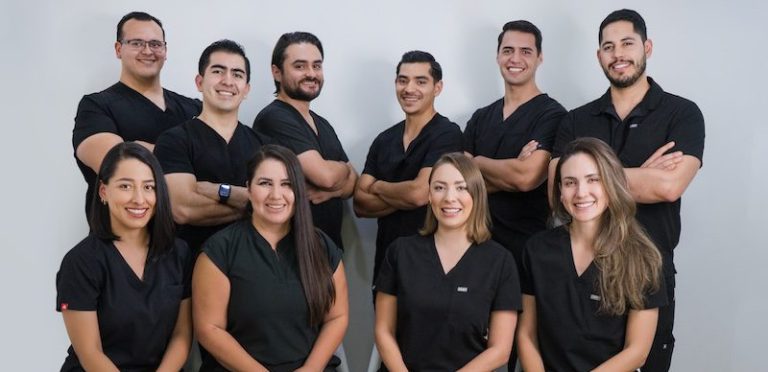
Molar City: All you need to know about this Dental Tourism Town
Maintaining good oral health and taking care of your dental needs are important to your overall health. However, most people postpone it due to the high cost of dental procedures. In Los Algodones, also called Molar City, Mexico, you will

Are gold teeth implants a good option?
Using gold teeth is not something new. Traditionally, this metal was used to replace missing teeth, fill cavities, and used as gold crowns, since it is a biocompatible material that the body and tissue wouldn’t reject. At the time, it
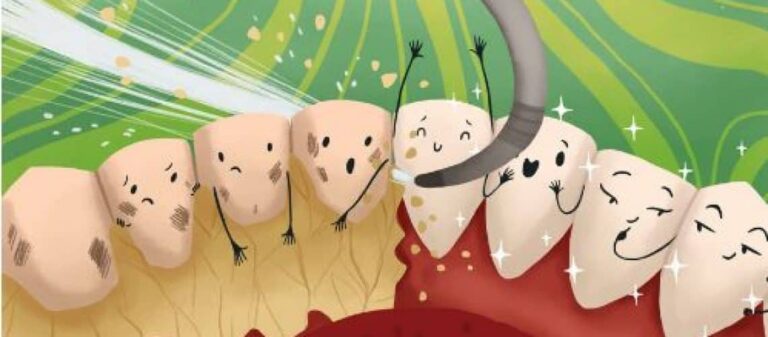
How to clean tartar from your teeth
Cleaning tartar from the teeth is something that many people overlook. Many patients think that brushing their teeth is enough to get rid of it. this is not that easy because you need so much more to clean dental calculus

Why consuming milk is good for your teeth
Oral health is as important as your general health, and it depends a lot on what we consume daily. It is true that our foods become our body, and therefore, we need to take care of our diet. When we
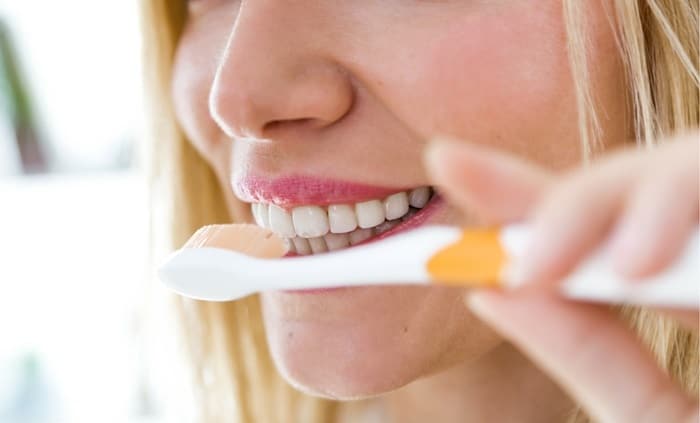
Having bad teeth in your 20s? A guide to dental care
Related Posts Tooth abscess and gum abscess: causes and treatmentsPopular Cosmetic DentistryIs an electric toothbrush worth it? How to stop grinding teeth?Did you know? Cool Tooth Fairy facts you did not know!How to deal with a toothache: some home remedies
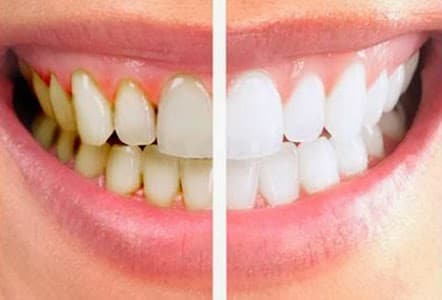
Tips to avoid stained teeth from drinking coffee
The appearance of our teeth is important, and having a healthy and white smile can improve our confidence and self-esteem. However, almost every food or drink out there has artificial colorants and chemicals that can stain our teeth easily, reason

Pros and cons of using vegan toothpaste in your oral care
Oh man, this is going to be a really interesting topic to write about. Veganism is getting more and more popular every day. More people seem to be okay to this type of life where you consume products free of

How to take care of your gums to avoid gum disease
Taking care of your gums is a very important part of oral health since they act as the structure to keep teeth in place while also covering the tooth root and jaw bones protecting all that surface from bacteria and
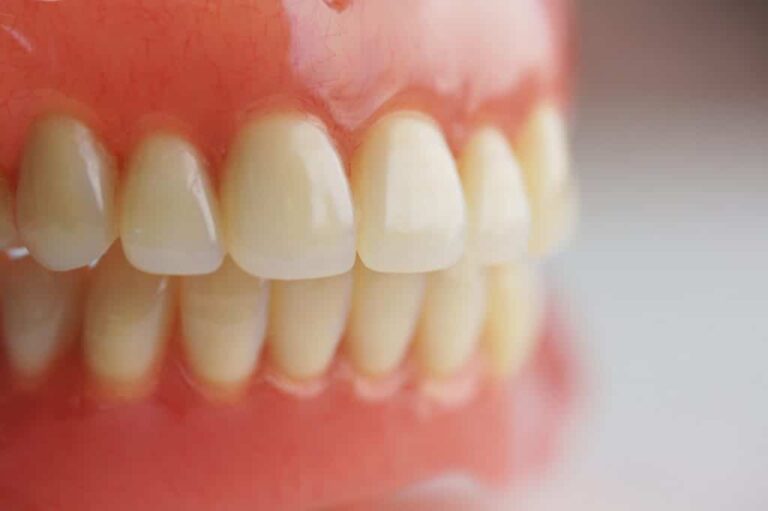
The side effects of dentures
Complete and partial dentures are a well-known treatment for tooth loss since they can replace several missing teeth or the entire arch in a procedure that is very simple and that takes a lot less time than other tooth replacement
SCHEDULE YOUR APPOINTMENT TODAY!
And get an exclusive discount up to 4% of the total cost

